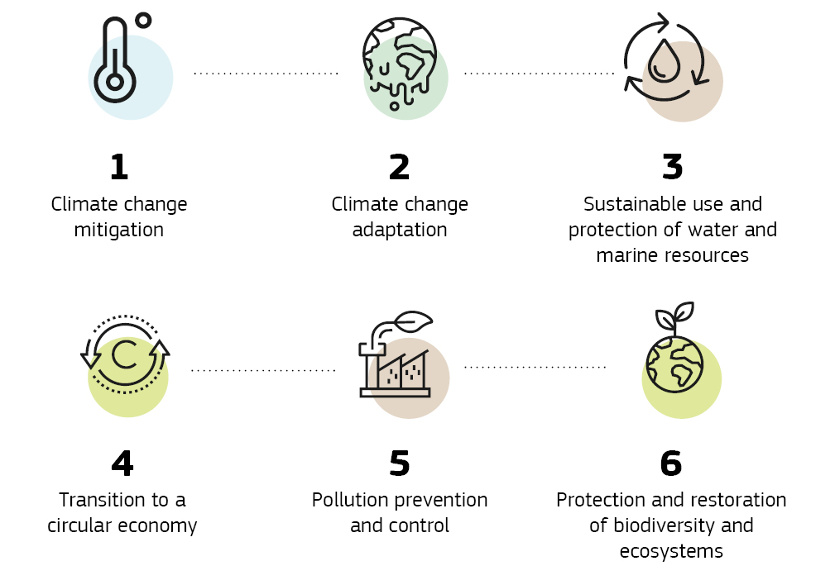In its European Green Deal, the European Union aims to achieve climate neutrality by 2050 through economic growth that is not based on the increasing use of natural resources. In addition to reducingCO2 emissions to zero, the EU has also set a milestone as part of the “Fit for 55” legislative package, committing to reduce emissions by 55% by 2030 (compared to 1990). However, while the main success in Europe in recent decades has been in reducing emissions, dependence on the use of natural resources persists. For our society to meet this daunting challenge, it means that we need to change not only our technological processes, but also the lifestyle and priorities of our society as a whole. They are the ones that most influence the direction our economy is taking.
The Green Deal can be seen as an EU strategy whose ultimate goal is to transform the EU economy into a sustainable one. It is a set of recommendations and plans for “greening” all sectors of the economy. The EU Taxonomy is one of the 10 concrete actions of the EU Action Plan on Financing Sustainable Growth, which helps to meet the Green Deal objectives. Among other things, one of the objectives of the EU taxonomy is to prevent so-called “greenwashing”, i.e. the spread of misinformation about sustainability, by setting firm differentiation criteria for different economic sectors.




